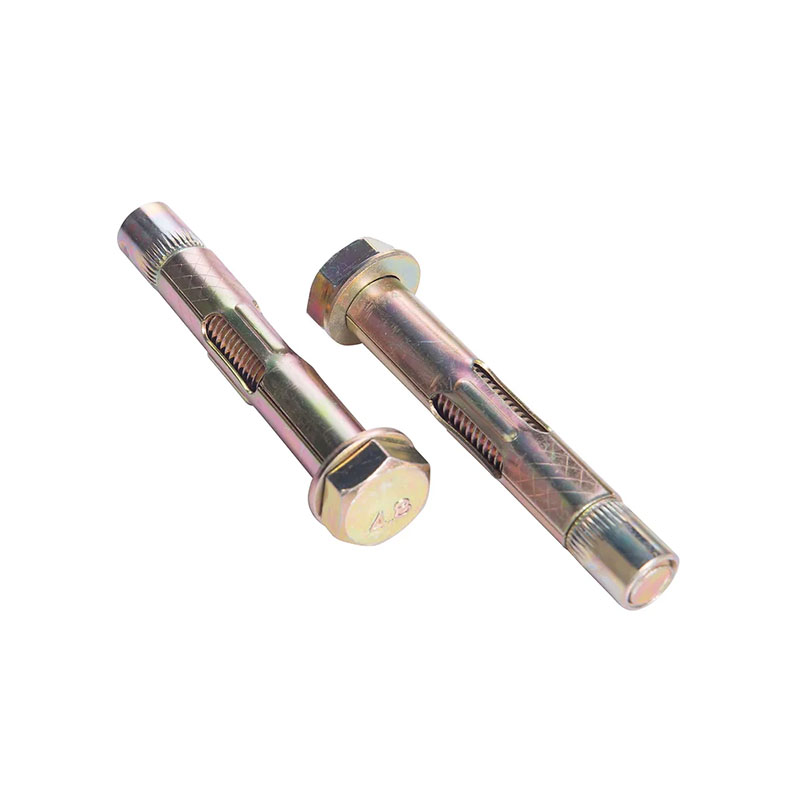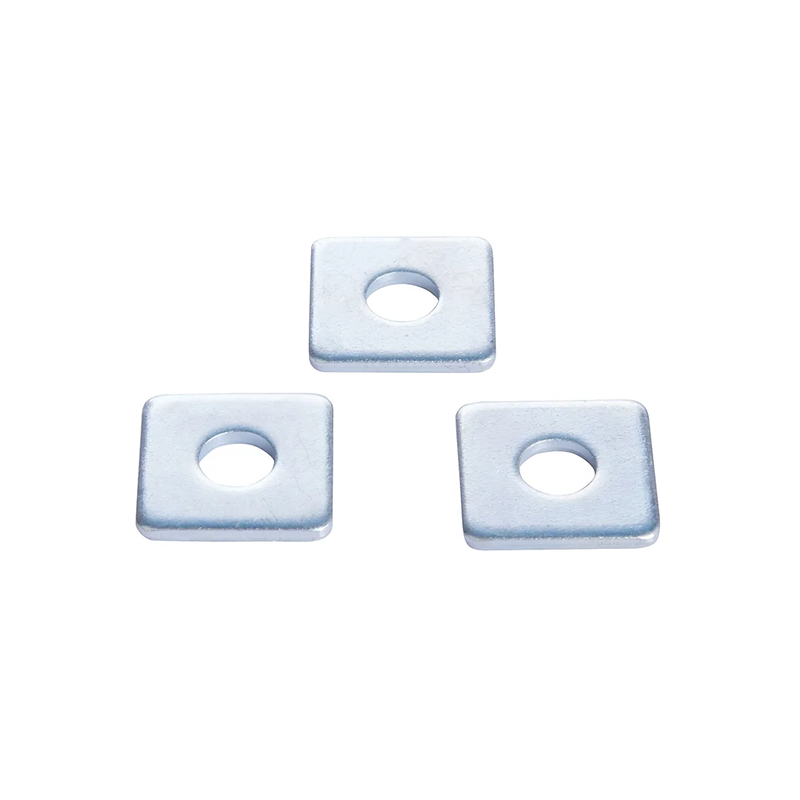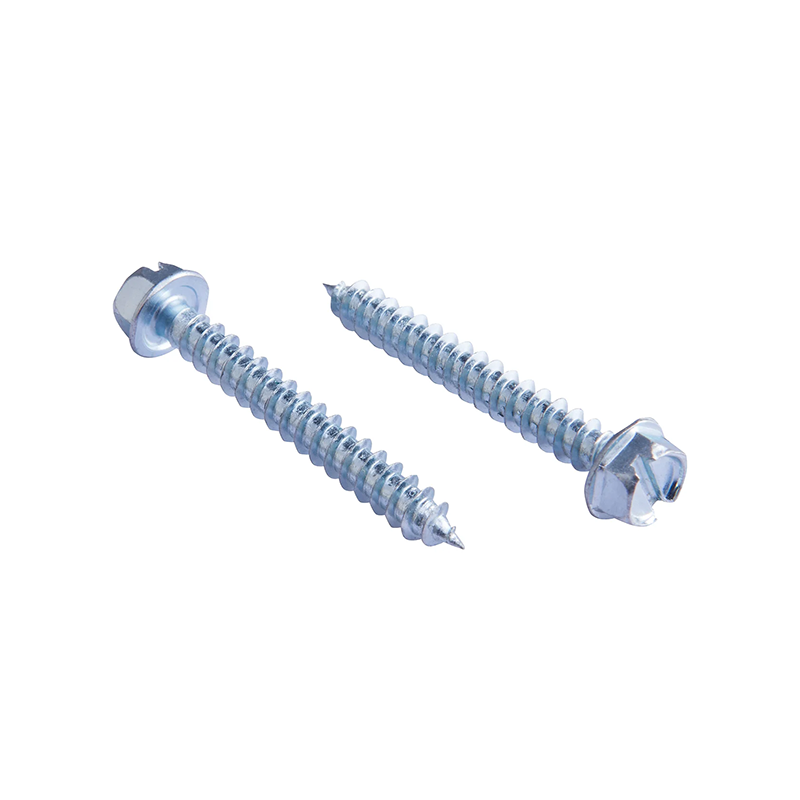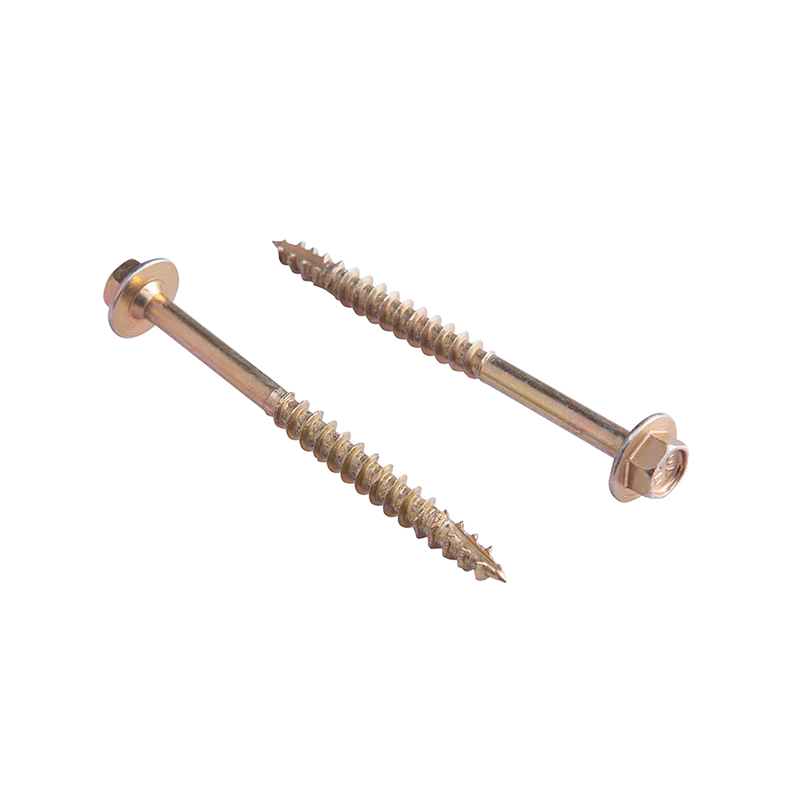Self-Drilling Screws vs. Drilling and Driving Screws: A Side-by-Side Comparison
 2025.10.13
2025.10.13
 Industry news
Industry news
When choosing the right screws for a project, it is essential to understand the characteristics of different types of screws. Two common types are self-drilling screws and drilling and driving screws. These screws differ in terms of installation process, application areas, and costs.

What Are Self-Drilling Screws?
Self-drilling screws, as the name suggests, come with a built-in drill bit that allows them to drill into materials without the need for pre-drilled holes. This design significantly saves time and labor, especially when used with hard materials like metal. Common applications of self-drilling screws include securing metal sheets, assembling plastics, and enabling quick installations in construction projects.
Features of Self-Drilling Screws:
- No need for pre-drilling: Self-drilling screws come with a drill bit that allows them to directly drill into materials, eliminating the need for hole preparation.
- Wide range of applications: Typically used in hard materials like metal, plastic, and others.
- Increased efficiency: The self-drilling feature minimizes extra steps, making the installation process faster.
What Are Drilling and Driving Screws?
Drilling and driving screws, on the other hand, are the more traditional type. They require pre-drilled holes before they can be driven in using a screwdriver or power tool. These screws are more suitable for softer materials like wood, drywall, and others, providing a more secure connection.
Features of Drilling and Driving Screws:
- Requires pre-drilling: A hole must be drilled first, which adds an extra step and requires additional tools and time.
- Ideal for softer materials: Commonly used in materials like wood, drywall, and others.
- Higher installation precision: Drilling and driving screws offer a more secure connection in softer materials.
Comparison of Self-Drilling Screws and Drilling and Driving Screws
To help you choose the right type of screw for your project, here is a detailed comparison of self-drilling screws and drilling and driving screws.
Efficiency and Time
One of the main advantages of self-drilling screws is their installation efficiency. Since they can drill directly into materials without the need for pre-drilled holes, the installation process is much faster, making them ideal for large-scale construction or industrial projects. In contrast, drilling and driving screws require extra time for pre-drilling, which adds additional steps to the process.
Material Compatibility
Self-drilling screws are perfect for use with hard materials like metal and plastic, where they can easily drill through and secure the materials. Drilling and driving screws are better suited for softer materials like wood and drywall, where they provide stronger holding power but lack the ability to penetrate hard materials.
Cost
When it comes to cost, drilling and driving screws are typically less expensive, as they are simpler to manufacture and do not require specialized design. Self-drilling screws, on the other hand, are more expensive due to the drill bit integrated into the screw and the specialized manufacturing process. However, while self-drilling screws may have a higher upfront cost, they can save on labor and tool expenses, making them more economical in the long run.
Installation Difficulty and Precision
Self-drilling screws are easier to install, as their design allows them to drill directly into materials, reducing the chances of human error. For projects that require high precision, self-drilling screws often provide more stable results. Drilling and driving screws, on the other hand, rely on accurate hole placement, so extra attention is needed during installation to avoid poor alignment or insecure fastening.
Durability
Self-drilling screws tend to offer greater durability, especially when used in metal and other hard materials. Their harder construction allows them to maintain a secure hold under higher loads. Drilling and driving screws are generally better suited for lighter applications, and while they can perform well in softer materials, they may not provide the same level of durability under prolonged or heavy use.
Comparison Table: Self-Drilling Screws vs. Drilling and Driving Screws
Here’s a side-by-side comparison of self-drilling screws and drilling and driving screws based on different aspects:
| Comparison Factor | Self-Drilling Screws | Drilling and Driving Screws |
|---|---|---|
| Installation Efficiency | High: No need for pre-drilling, drills directly into materials. | Low: Requires pre-drilling, adds an extra step. |
| Material Compatibility | Hard materials: Metal, plastic, and others. | Soft materials: Wood, drywall, etc. |
| Cost | Higher: Requires specialized drill bit design. | Lower: Simpler manufacturing process. |
| Installation Difficulty | Low: Easy to use, reduces errors. | Higher: Requires precise hole placement. |
| Durability | Higher: Suitable for high load and prolonged use. | Lower: Best for light-duty applications. |
Which Screw is Right for Your Project?
Situations Where Self-Drilling Screws are Ideal:
- Quick fastening of metal and hard materials: Self-drilling screws can directly penetrate metals, plastics, and other hard materials, saving time and effort.
- Large construction and industrial projects: Ideal for fast, large-scale installations that require high efficiency.
- Time-sensitive projects: If you need to complete installations quickly, self-drilling screws are an excellent choice due to their time-saving benefits.
Situations Where Drilling and Driving Screws Are Better:
- Securing soft materials: Drilling and driving screws are perfect for wood, drywall, and other soft materials where a secure, long-lasting connection is required.
- Budget-conscious projects: If the project has a tight budget, drilling and driving screws are cost-effective and provide good value for money.
- Precision-driven projects: For projects that demand precision and accuracy in hole placement, drilling and driving screws can offer better control.



 English
English русский
русский











 Products
Products Tel: 86-574-62101087
Tel: 86-574-62101087 E-mail:
E-mail:  Add: Xiaocao 'e Binhai Industrial Park, Yuyao, Zhejiang, China
Add: Xiaocao 'e Binhai Industrial Park, Yuyao, Zhejiang, China